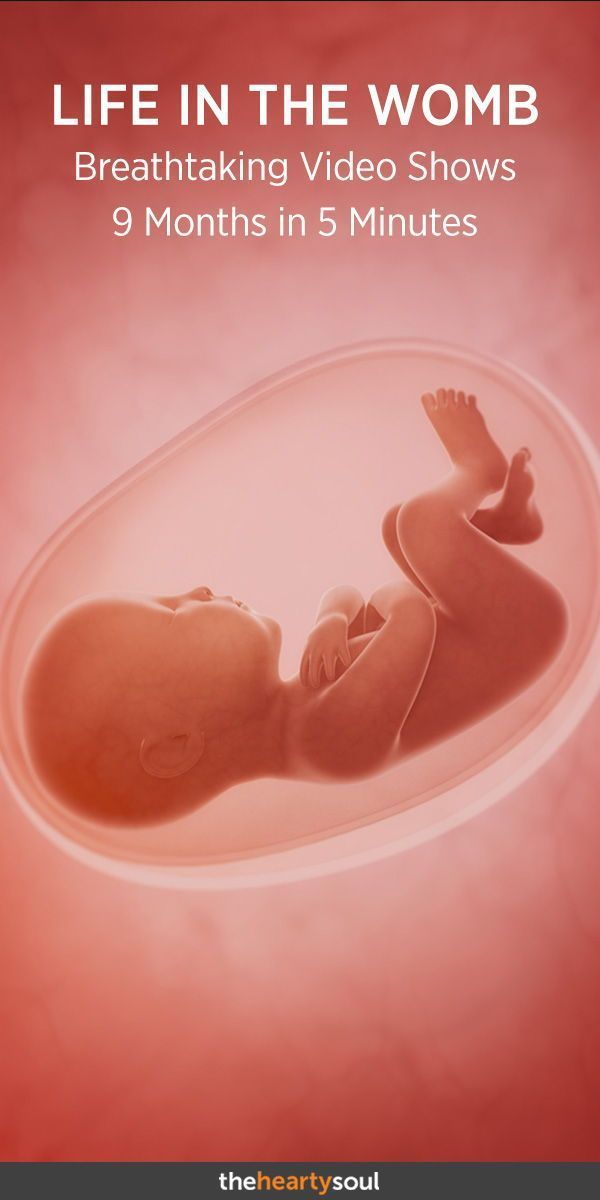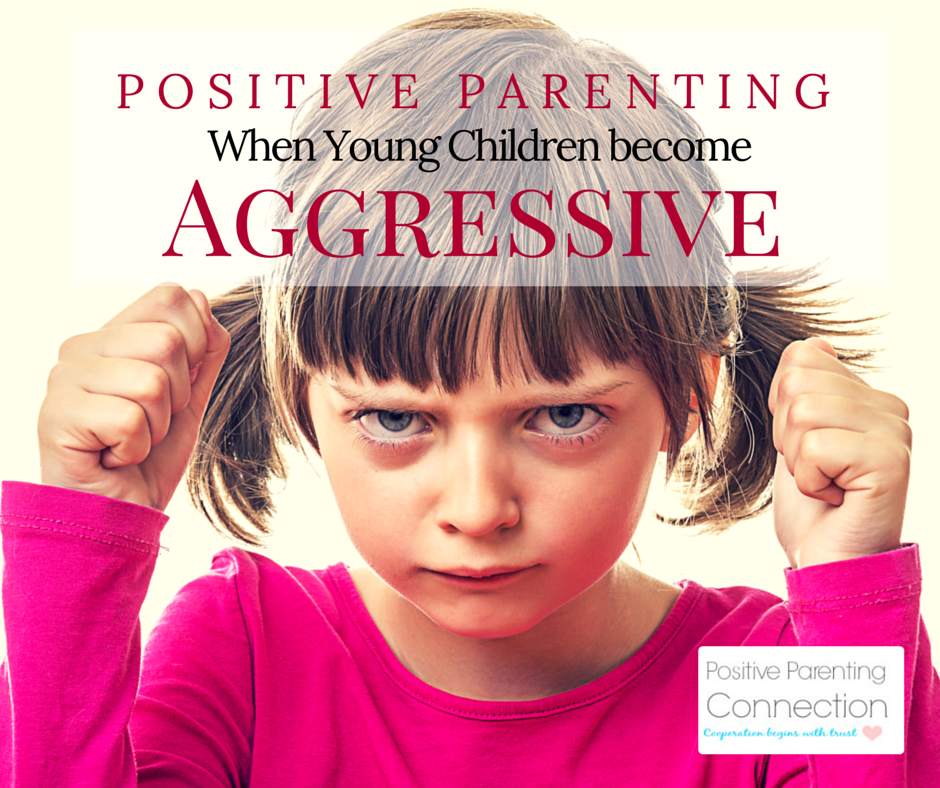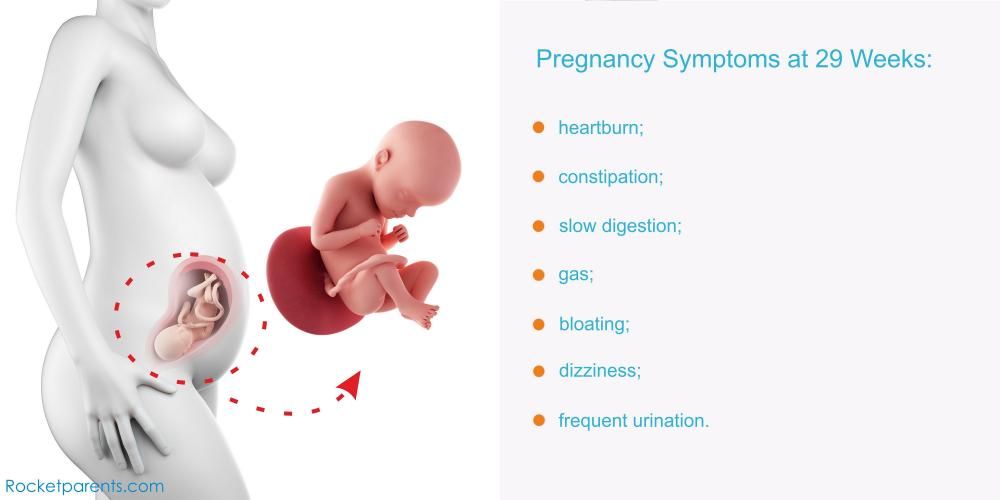Fetus crying in womb
Do Babies Cry in the Womb? Plus, What It May Mean
If you’re like many expecting parents, you can’t help but wonder — as your baby rolls, punches, and kicks — what exactly goes on in the womb.
Scientists are curious as well, and they’ve been studying fetal behavior in utero for decades. Thanks to technological advancements, more is known about what goes on in the womb than ever before. We can even answer the question: Is my baby crying in there?
The answer is: They could be, although not in the way you’re picturing. To hear those real, full-blown infant cries, you’ll have to wait for the delivery room — or shortly thereafter, when you’re trying to get some sleep at 2 a.m. (However, your baby can still benefit from your soothing voice and touch until then.)
Let’s take a look at what’s going on that you can’t hear or see.
To understand whether babies really “cry” in the womb, it’s important to take into account what goes into the behavior of crying, not just the characteristic sound. Babies can’t be heard crying until they’re in contact with air rather than fluid, so scientists rely on studying the complex physical behaviors and responses that cause a cry.
In 2005 New Zealand researchers conducted one of the most influential studies on babies crying in the womb, providing an ultrasound video of what they interpreted to be a crying baby. They broke the cry down into multiple steps, or a series of body motions and breathing (rather than just sound) to confirm that the baby was crying.
Before this study, only four behavioral, fetal states had been proven to exist, including quiet, active, sleep, and awake states. However, the findings revealed a new state, referred to as 5F, which is the state of crying behaviors.
By 20 weeks old, the New Zealand study revealed, a fetus can perform all of the actions needed to cry, including:
- extending the tongue
- coordinating more complex breathing efforts
- opening the jaw
- moving the mouth
- quivering the chin
- swallowing
The babies observed crying in the womb were 24 weeks and older.
The same study reported that the only audible cries heard by the outside world occur during an extremely rare phenomenon called vagitus uterinus.
It involves a baby crying in utero during an operation in which air has been allowed to enter the uterus, suggesting that the first audible cries only happen during the transition to the outside world.
You can see it on their face
Another study in 2011 focused on facial expressions before birth, which is a key indicator of the crying response. (Any parent who has ever seen a baby having a tantrum knows their face is everything but neutral!)
Scientists in this case also agreed that while the non-vocal behaviors related to crying develop before birth, the vocal component of crying doesn’t start until birth. So while you may see your baby’s face scrunched up during the third trimester on an ultrasound, you’re not going to hear anything!
Basically, your baby is practicing how to cry — let’s call it warming up for the real thing. The studies mentioned above used a sound to startle the fetus to achieve the crying response, avoiding anything that would cause pain. Even after that, babies cried for less than 15–20 seconds, so there aren’t any hour-long cry-it-out sessions taking place in your womb!
The studies mentioned above used a sound to startle the fetus to achieve the crying response, avoiding anything that would cause pain. Even after that, babies cried for less than 15–20 seconds, so there aren’t any hour-long cry-it-out sessions taking place in your womb!
Scientists generally agree that babies can feel pain by the third trimester, although there’s some debate on when exactly this begins. The crying studies simply show that babies can process something as a negative stimulus and react to it accordingly.
There’s no proof at this point that the baby is sad, having gas, or responding to other uncomfortable circumstances, but scientists aren’t completely sure.
It may be beneficial to focus on the cool things going on in there rather than worry about brief crying episodes. You can even control your potential ability to help baby feel secure!
A 2015 study showed that babies respond to both maternal touch and sound, further proving that you should be talking, singing, reading, and communicating with your baby in the womb.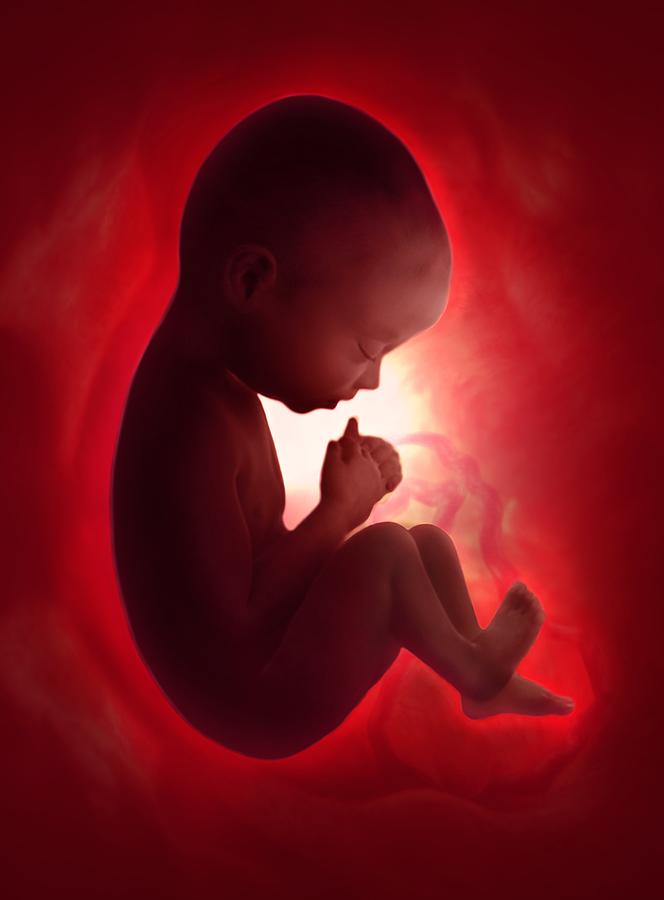
The scientists explained that a fetus showed more movement when mom put her hands on her belly. What’s more, a baby in the womb might even become calmer when you talk to them in a soothing voice!
In addition, third-trimester fetuses showed more regulatory behaviors, such as yawning, resting behaviors like crossing their arms, and self-touch when mom spoke to or touched her belly (compared with second-trimester fetuses). Your baby is also able to smile and blink in the womb.
So disregard the naysayers who think your baby can’t hear you or respond to your touch. Chat with your baby about anything you want, sing songs, and touch your belly until your heart’s content.
While it’s true your baby can cry in the womb, it doesn’t make a sound, and it’s not something to worry about. The baby’s practice cries include imitating the breathing pattern, facial expression, and mouth movements of a baby crying outside of the womb.
You shouldn’t worry that your baby is in pain. Developing the ability to react to negative stimuli is a skill that scientists have described as useful later, when baby’s cries will surely get your attention!
Developing the ability to react to negative stimuli is a skill that scientists have described as useful later, when baby’s cries will surely get your attention!
In addition to crying, babies can respond physically to a mother’s touch or voice, so spend time touching your pregnant belly and speaking to your baby.
Do babies cry in the womb?
(Image credit: Keith Brofsky via Getty Images)Beginning in the second trimester of pregnancy, an expecting parent may feel their unborn baby kicking, rolling over and even hiccuping. But is it known whether babies can start crying before they're born?
Although pregnant people can't feel this movement, research suggests that babies do seem to start practicing for this big birth milestone before they've taken their first gulp of air.
Ultrasound technologies have allowed us to peer inside the uterus and observe fetuses while they're still developing. For example, a video published in the journal Archives of Disease in Childhood — Fetal and Neonatal Edition in 2005 shows a 33-week fetus making facial expressions that look like crying through an ultrasound profile.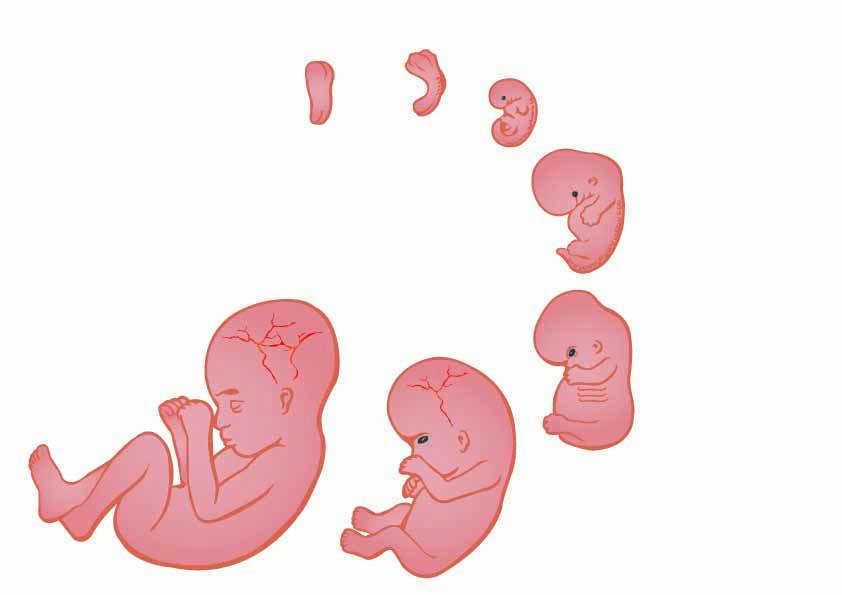 After the researchers gave the fetus a vibration and noise stimulation, it opens its jaw wide, tucks in its chin and lets out three big exhales in a row as its chest rises and its head tilts back, ending with a chin quiver. This movement was seen in 10 fetuses (about 6% of the total number of babies scanned).
After the researchers gave the fetus a vibration and noise stimulation, it opens its jaw wide, tucks in its chin and lets out three big exhales in a row as its chest rises and its head tilts back, ending with a chin quiver. This movement was seen in 10 fetuses (about 6% of the total number of babies scanned).
Related: What happens when a baby takes its first breath?
So, was this fetus crying in the womb? It depends on how you define crying. "If you use the definition of 'a loud inarticulate shout or scream expressing a powerful feeling or emotion,' then you can say quite definitely that babies don't cry in the womb," Nadja Reissland, a developmental psychologist at Durham University in the U.K., told Live Science in an email.
Put another way, in the fluid-filled amniotic sac, fetuses can't take in a big breath, fill their lungs and vibrate the air through their vocal cords to start to wail — that will need to wait for the first visit to the outside world.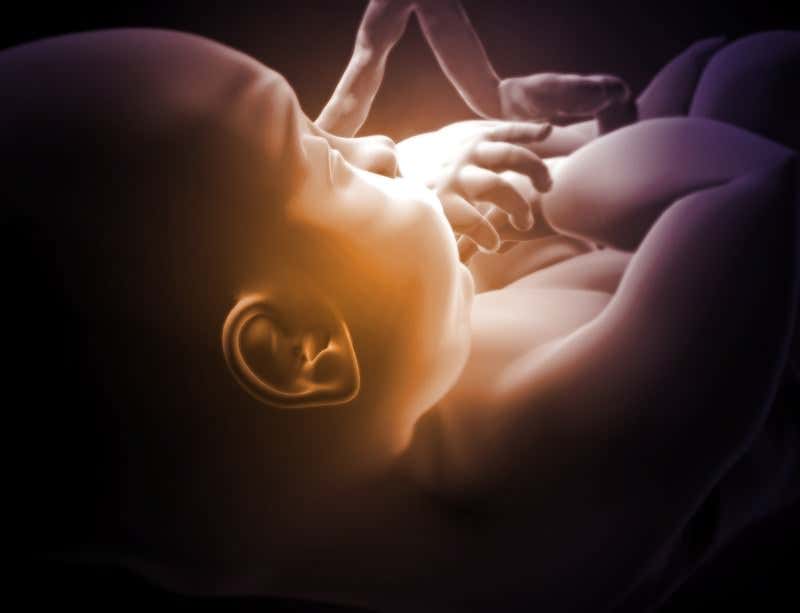
Reissland's team has analyzed the development of facial expressions in utero by watching the movements of fetuses in the second and third trimesters through 4D ultrasound imaging — 3D movies of fetal actions. These facial expressions — including the "cry-face-gestalt" and the "laughter-gestalt" that Reissland and colleagues defined in a paper published in the journal PLOS One in 2011 — may be precursors to the facial expressions used outside the womb.
These preliminary facial expressions develop around 24 to 35 weeks, and their complexity increases with gestational age. These motions are too subtle to be felt by the pregnant parent, Reissland said. But the fetus seems to be practicing at least the facial movements of crying before birth, preparing it to become functional when they take their first breath and let out that long-awaited wail signaling their arrival. Whether they're vibrating the vocal cords and trying to make sounds in utero is not possible to know.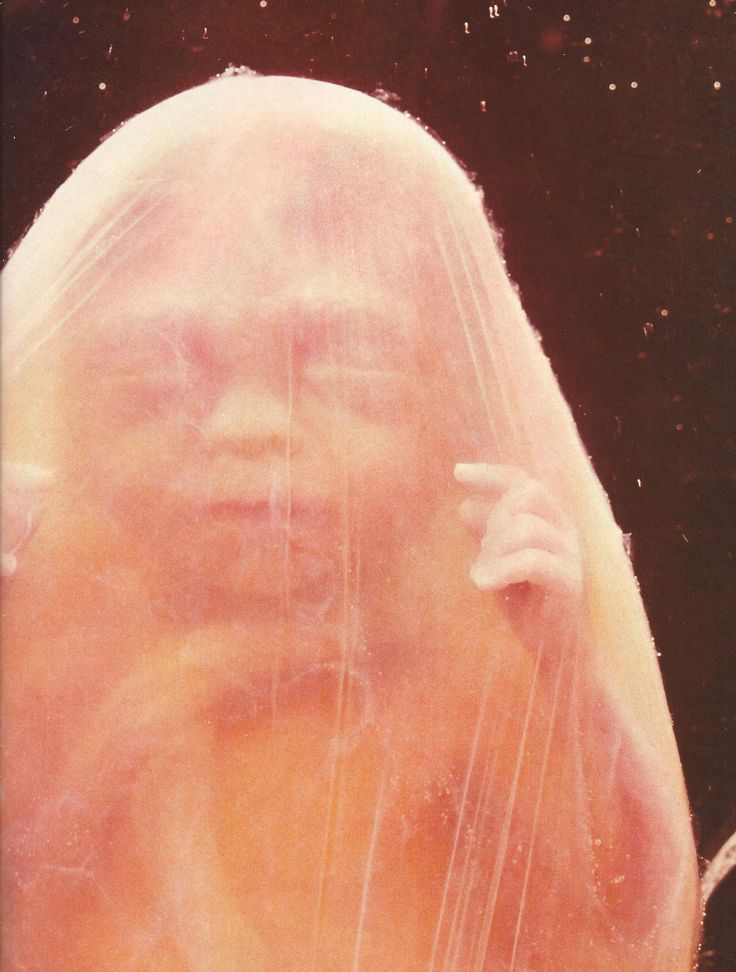 Even if they did manage to make a sound wave in the fluid, it likely wouldn’t be strong enough to travel through the amniotic fluid and flesh of the mother.
Even if they did manage to make a sound wave in the fluid, it likely wouldn’t be strong enough to travel through the amniotic fluid and flesh of the mother.
We also don't know that these crying motions are in any way linked to pain or discomfort in the fetus. In Reissland's studies, the fetuses showed these facial expressions without stimulation of any kind; the expressions they observed weren’t in response to any stimulation by the researchers.
Facial expressions play an important role in postnatal bonding and communication between the parent and child, Reissland said. These facial gestalts may act as a kind of trial run for the facial muscles — this practice in the womb may help the baby bond with others once they’re born.
RELATED MYSTERIES
Reissland's goal in studying these facial expressions is to help researchers develop a useful tool for identifying developmental disorders and other health problems in utero. A fetus with a developmental or health issue might not show these facial expressions at the same time as a healthy fetus would.
The development of full facial expressions is learned after birth in the social context of interacting with people, Reissland said. Babies don't start "socially" smiling until about 8 weeks, and those precious baby giggles don't come until roughly 4 to 6 months, but their faces are developing these abilities weeks before birth. Fetuses don't produce tears, either; crying with tears doesn't typically begin until around four weeks after birth, once babies' tear ducts are mature enough to form teardrops, Live Science previously reported.
Originally published on Live Science.
Jennifer Welsh is a Connecticut-based science writer and editor and a regular contributor to Live Science. She also has several years of bench work in cancer research and anti-viral drug discovery under her belt. She has previously written for Science News, VerywellHealth, The Scientist, Discover Magazine, WIRED Science, and Business Insider.
Can babies cry while in the womb?
From about the fourteenth week of pregnancy, expectant mothers begin to feel their baby kicking in the stomach. Also, the fetus sometimes rolls over and even hiccups - this happens when the baby accidentally swallows the fluid surrounding it. Mothers feel the baby's hiccups as rhythmic contractions in the abdomen. Based on all this, the question arises - can babies cry in the womb? You can quench your thirst for knowledge by watching videos made on an ultrasound machine. In 2015, scientists looked inside the womb to track the movements of the baby, and indeed noticed something that looked like crying. The movements began after stimulating the fetus with vibration, that is, the doctors deliberately frightened the child so that he would cry. But is it really crying, or something else?
Babies emit "gestalt screams" while in the womb
Babies cry in the womb
According to Science Alert, a video of a baby crying in the womb was published in Archives of Disease in Childhood – Fetal and Neonatal Edition back in 2005. After being stimulated by vibration, the scientists applied an ultrasound machine to the pregnant woman's abdomen and noticed that the baby opened its mouth wide.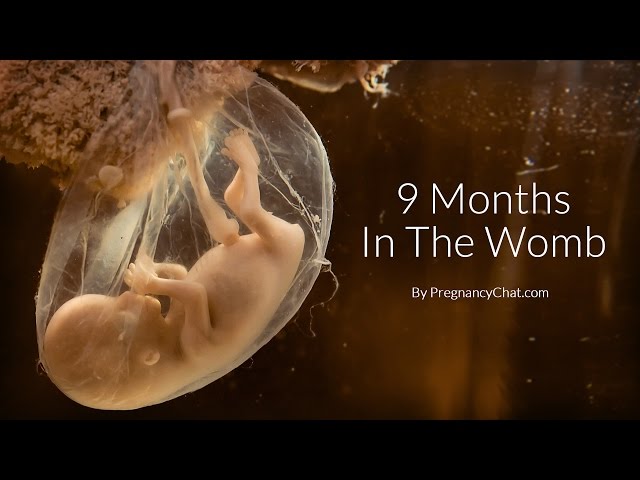 As he did so, he threw his head back and let out three deep breaths. In addition to this, the doctors noticed a trembling of the chin - this is a clear sign of crying. This response to stimulation was seen in 10 fetuses, representing 6% of the total number of infants studied.
As he did so, he threw his head back and let out three deep breaths. In addition to this, the doctors noticed a trembling of the chin - this is a clear sign of crying. This response to stimulation was seen in 10 fetuses, representing 6% of the total number of infants studied.
The crying of a child in the womb
As a result, we can say that children in the womb can indeed cry. But don't cry in the usual way.
According to psychologist Nadja Reissland, people usually think of crying as articulate cries that express a strong feeling or emotion. While in the womb, babies cannot take a deep breath and make the air vibrate with their vocal cords. So babies can't cry the way we normally do.
Location of the anterior chest wall and chin during crying
What are Gestalt cries?
In 2011, Nadja Reissland and her colleagues studied facial expressions that occur in babies during intrauterine “crying” and reported their findings in the scientific journal PLOS One. They called the facial expressions of crying children "gestalt cries." They believe that the observed phenomenon may be a precursor to facial expressions that appear in infants immediately after birth. They can develop at 24-35 weeks of gestation, and the longer the period, the more difficult the grimaces.
They called the facial expressions of crying children "gestalt cries." They believe that the observed phenomenon may be a precursor to facial expressions that appear in infants immediately after birth. They can develop at 24-35 weeks of gestation, and the longer the period, the more difficult the grimaces.
The facial expressions of babies crying in the womb are called "gestalt cries"
While kicks and hiccups are vividly felt, pregnant women do not feel the baby's cry in the stomach. In simple terms, grimacing in the womb, the baby is training to cry after birth. Whether “gestalt screams” are related to pain or other discomfort felt by babies, scientists do not currently know. It is important to note, however, that this phenomenon does not only occur when the abdomen is stimulated – in a 2011 study, silent screams occurred even in a calm position.
See also: Why do children cry? A new translator will help you understand
Why do babies cry at birth?
The cries of a child at birth are related to the fact that he needs to breathe on his own for the first time.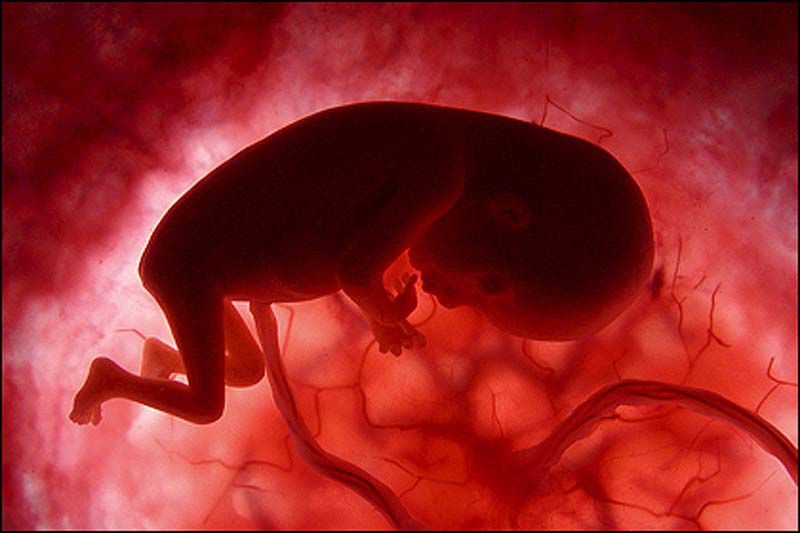 Before birth, the baby receives everything it needs from the mother's body - nutrition occurs through the placenta and umbilical cord. After birth, he takes his first breath, which leads to a contraction of the chest and filling the lungs with air. Due to the fact that the muscles of the chest contract all at once, there is a terrible pain, which is the cause of the cry. Fortunately, during the cry, painkillers are produced that act almost instantly.
Before birth, the baby receives everything it needs from the mother's body - nutrition occurs through the placenta and umbilical cord. After birth, he takes his first breath, which leads to a contraction of the chest and filling the lungs with air. Due to the fact that the muscles of the chest contract all at once, there is a terrible pain, which is the cause of the cry. Fortunately, during the cry, painkillers are produced that act almost instantly.
Crying is the only way babies communicate with the outside world
After birth and up to one year of age, babies cry because it is the only way to communicate discomfort to others. Sometimes they just lie uncomfortably or want to eat, but in some cases, screams signal pain - in this case, it will not work to calm the child by simply rocking in his arms and you need to see a doctor. With age, crying can also signal discomfort, but in some cases, children simply begin to manipulate adults.
Links to interesting articles, funny memes and a lot of other interesting information can be found on our telegram channel. 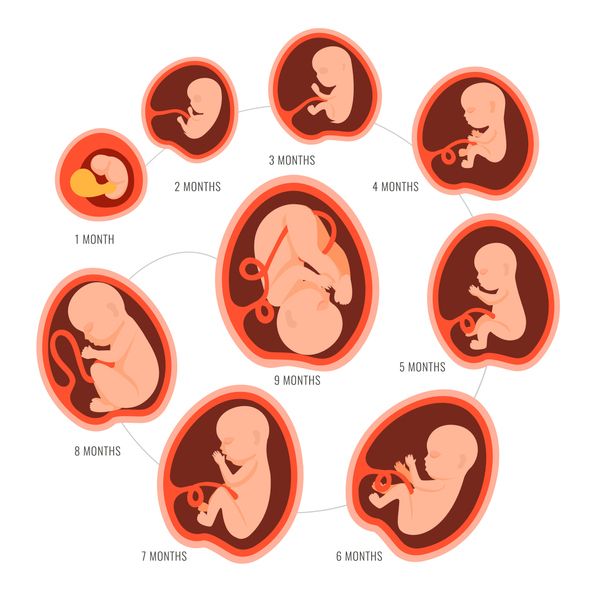 Subscribe!
Subscribe!
There are many articles on our website that are dedicated to children. For example, I recently talked about why children do not like vegetables - scientists have an explanation for this and a way to make greens more attractive to children. I also recommend reading an article by my colleague Lyubov Sokovikova on why children perceive voice assistants as living beings. Here is the link.
Mysteries of natureHuman healthMedicineScientific research
Related news
To send a comment, you must or
Can a baby cry while still in the womb? Yes. Interesting conclusions of scientists | Health
Many parents, while expecting a child, dream of seeing him. To see how your unborn baby rolls over, waves a leg or a pen, or sucks his thumb is really a great happiness. With the help of an ultrasound examination, we get a chance to see the unborn child and imagine what it will look like after birth and who it will look like.
We are interested in following the development of the fetus and finding out what the baby can do in any given week of pregnancy. But have you ever wondered if unborn babies can cry, because after birth they will do it all the time, trying to get your attention, or expressing their dissatisfaction or discomfort for any reason?
But have you ever wondered if unborn babies can cry, because after birth they will do it all the time, trying to get your attention, or expressing their dissatisfaction or discomfort for any reason?
Scientists have done numerous studies to find out when babies start crying, and they have come up with some pretty interesting findings, which you can learn about by reading this article.
Fetal reaction to external stimuli
Researchers first became interested in what babies pay attention to while in the womb when they noticed that almost immediately after birth, babies preferred the voices of their mothers. Did they recognize the voices when they were still in the womb, or did they understand who was the main person for them after birth?
Numerous studies have shown that children begin to learn and respond to the world even before they are born.
So, in the course of an experiment conducted in 2015, it was revealed that the earliest period when the fetus begins to react and somehow respond to sounds is 16 weeks, that is, even before the complete formation of the hearing organs ends. The study also showed that talking to the baby and touching the mother's belly had a direct effect on the fetus, causing it to move more actively.
Thus, we know that children begin to perceive the outside world while in the womb. They respond to external stimuli such as sounds, the movement of the mother, exposure to light, and the touch of other people.
But still, can a baby cry while in the womb? In fact, it is quite difficult to answer this question, since the amniotic fluid surrounds the fetus, because of which it is simply impossible to see the baby's tears.
Crying is a very complex action
It seems that crying is a fairly simple action that does not require you to spend much energy. In fact, everything is not so simple. In order for a baby to cry, multiple body systems need to be coordinated, including facial muscles, airway control, and breath control. The main thing that must happen for a child to cry is the pronunciation of a certain sound by him. Research has shown that when a baby learns to cry in the womb, he begins to make movements similar to those he makes when making sounds.
Research has shown that when a baby learns to cry in the womb, he begins to make movements similar to those he makes when making sounds.
Thus, the ability of a child to cry actually demonstrates that his brain, nervous system and body are working correctly to perform such a complex action. So crying is much more than meets the eye.
What happens when a baby cries?
Summarizing all of the above, we can conclude that when a child cries in the womb, he performs the following actions:
- recognizes external stimuli;
- is aware that these stimuli are something potentially harmful or dangerous to him;
- reacts to stimuli in various ways, including in the form of crying, as if trying to inform his mother that he needs help and protection.
In fact, the crying of a child is a signal that he sends to the outside world, saying that he needs help and is in distress, and is literally a survival mechanism.
Babies crying in the womb
Thus, scientists have come to the conclusion that babies cry in the womb, but they are not exactly sure how much they can do it. Obviously, the crying of an unborn child will be different from how an already born baby cries.
Obviously, the crying of an unborn child will be different from how an already born baby cries.
Differences in fetal and child behavior
One study compared the behavior of the baby outside the womb with the behavior of the fetus before birth. As a result, scientists have identified five states in which a child can be:
- peaceful sleep;
- active state;
- quiet wakefulness;
- active wakefulness:
- crying.
It was previously believed that of these five conditions, only the first four could be detected in a child in the womb. But a study that looked at fetal responses to tobacco and alcohol exposure documented another condition that is similar to crying.
The researchers noted that the baby had behaviors that matched what crying would look like outside the womb. So, the fetus took a breath, opening its mouth, at which time its tongue descended from the palate, after which the child took three intense breaths.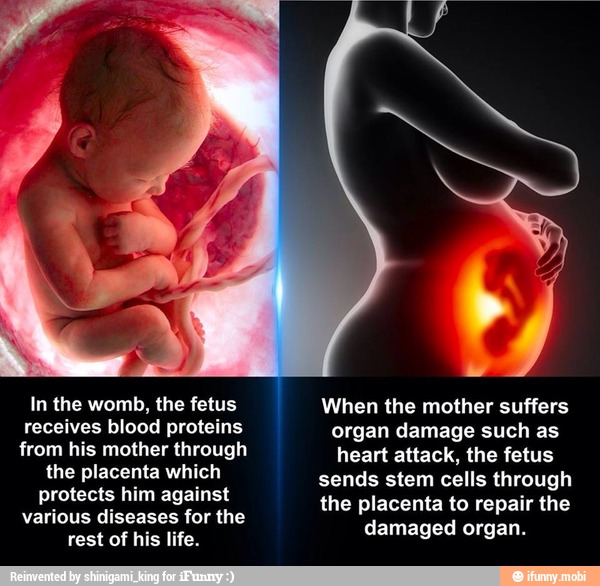 On the third and final breath, he paused, followed by a calm exhalation. All these actions are similar to the cry of an already born child.
On the third and final breath, he paused, followed by a calm exhalation. All these actions are similar to the cry of an already born child.
In this particular study, researchers found signs of crying behavior in at least ten more unborn children.
When the results of the study were published in 2004, they provided the first evidence that a baby could actually cry in the womb and really changed the way researchers looked at behavior, activity and intrauterine development.
"Neonatal crying"
Ultimately, based on the results of the study, the term "neonatal crying" was coined. Of course, the basic behaviors underlying the crying of a baby in the womb and a baby who has already been born were similar, but there is one main difference: an unborn baby cannot yet make a sound.
When do babies start crying?
Researchers suggest that the fetus develops all the necessary skills needed to cry around the twentieth week of fetal development. By this time, the fetus has coordinated respiratory movements, has learned to open the jaw, raise the chin and stretch out the tongue.